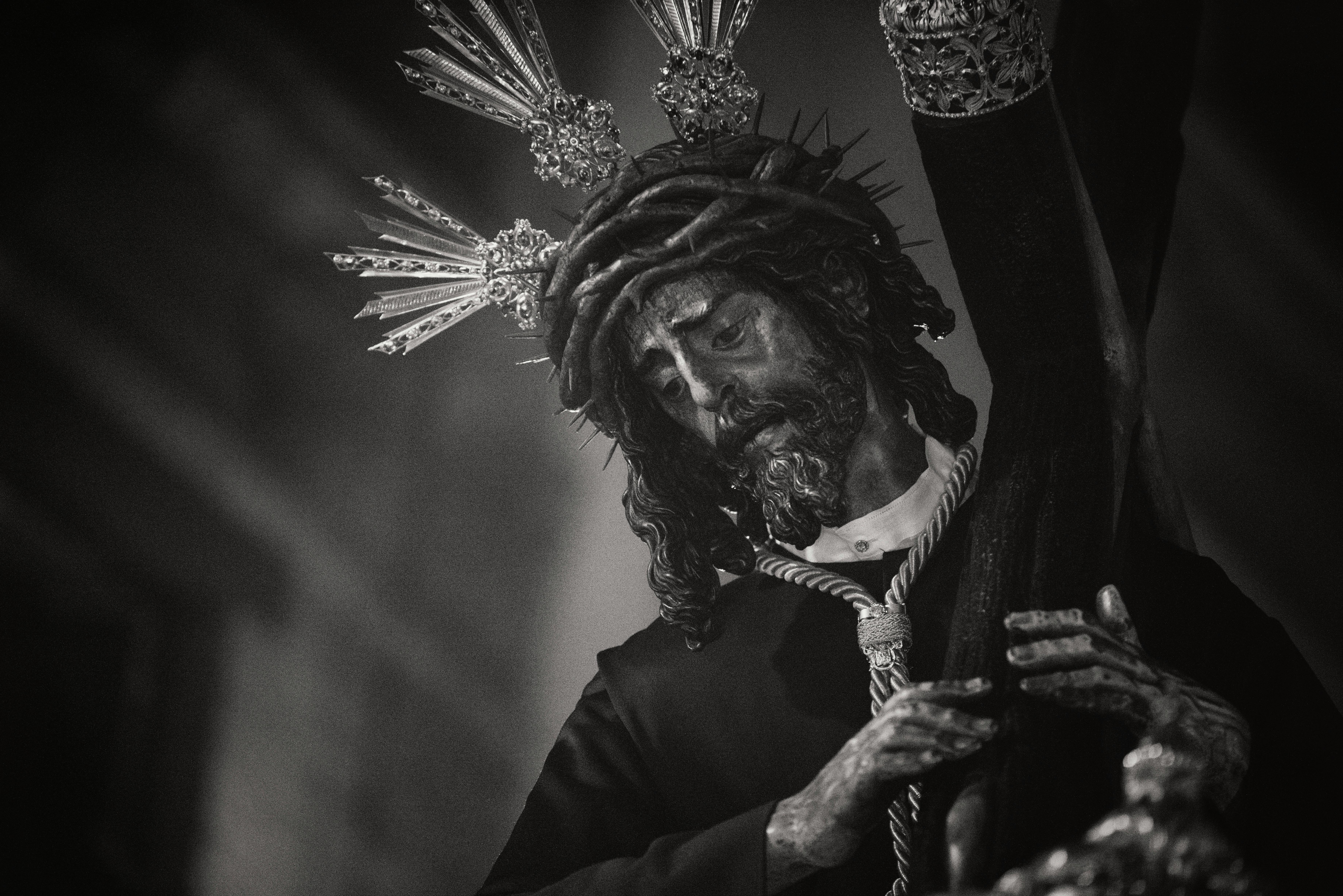Jesus Christ as a Historical Person: What do we know about Him
The historical figure of Jesus of Nazareth has left an indelible mark on human history. It shaped shaping the course of religious and cultural narratives for over two millennia. Billions around the world regard him as the central figure in Christianity. The historical reality of Jesus as a person distinct from his theological significance is a subject of scholarly inquiry and debate. In this comprehensive exploration, we embark on a journey to unravel what we know about Jesus as a historic figure. We delve into the available historical sources, scholarly methodologies, and the complexities surrounding the quest for the historical Jesus.
Defining the Quest: Jesus Christ
Image via Unsplash.com
The quest for the historical Jesus involves the rigorous examination of ancient texts, archaeological findings. And extrabiblical sources to separate the historical person from the layers of theological interpretation that have accumulated over centuries. Scholars engaging in this quest grapple with the challenge of deciphering the authentic sayings, actions, because context of Jesus amidst the diverse accounts presented in the New Testament and other historical documents.
Sources of Information:
Primary sources for understanding the historical Jesus include the Gospels of Matthew, Mark, Luke, and John, which form the foundation of the New Testament. However, these texts were written several decades after the events they describe, and their theological nature adds a layer of complexity to discerning historical accuracy. Additionally, non-biblical sources, such as the works of Flavius Josephus and Tacitus, offer glimpses into the context of first-century Palestine but are limited in their coverage of Jesus’s life.
Jewish Sects and Expectations: Jesus Christ
Image via Unsplash.com
First-century Judaism was diverse, with various sects such as the Pharisees, Sadducees, and Essenes each interpreting Jewish law and prophecy differently. The messianic expectations prevalent at the time contributed to a climate ripe for charismatic leaders like Jesus to emerge. Exploring these sects and their beliefs provides valuable insights into the milieu in which Jesus operated.
Birth and Early Years:
The Gospels provide differing narratives about the birth and early life of Jesus. While Matthew and Luke offer nativity stories, Mark and John begin their accounts with Jesus’s adult ministry. The Nativity stories, despite their theological significance, lack historical corroboration and are regarded by scholars as challenging to verify.
Baptism and the Beginning of Ministry:
The baptism of Jesus by John the Baptist is often considered a historical anchor point, as it presents Jesus aligning himself with a movement of repentance and spiritual renewal. This event marks the beginning of Jesus’s public ministry, characterized by teachings, healings, and the proclamation of the Kingdom of God.
Teachings and Parables: Jesus Christ
Image via Unsplash.com
Central to the historical Jesus are his teachings, conveyed through parables, aphorisms, and ethical instructions. The Sermon on the Mount, found in the Gospel of Matthew, encapsulates many of Jesus’s ethical teachings, emphasizing love, humility, and forgiveness. Analyzing the content and context of these teachings provides valuable insights into the moral and ethical dimensions of Jesus’s message.
The Last Supper and Crucifixion:
The events surrounding the Last Supper, Jesus’s arrest, trial, and crucifixion form a crucial aspect of the historical narrative. The Gospel accounts, while laden with theological significance, offer glimpses into the political and religious tensions that culminated in Jesus’s execution. Analyzing these events involves navigating the intricate interplay between Roman authorities, Jewish leaders, and Jesus’s own actions.
Crucifixion of Jesus Christ
The crucifixion of Jesus is a historical event supported by multiple accounts, including non-Christian sources like Tacitus and Josephus. Crucifixion was a brutal form of Roman execution, reserved for the gravest offenses. The historical certainty of Jesus’s crucifixion underscores the profound impact of this event on shaping Christian theology.
Resurrection:
Image via Unsplash.com
While the resurrection lies at the heart of Christian faith, evaluating its historicity requires a nuanced approach. The Gospels present varying accounts of the resurrection, with differences in details and emphasis. Scholars engage in critical analysis, exploring alternative hypotheses and interpretations while recognizing the centrality of the resurrection to the development of early Christian beliefs.
Post-Resurrection Appearances: Jesus Christ
The post-resurrection accounts in the Gospels describe appearances of Jesus to his disciples. Analyzing these narratives involves distinguishing theological emphases from potential historical elements. The diversity in these accounts reflects the evolving beliefs and experiences within early Christian communities.
Formation of Christian Communities:
The aftermath of Jesus’s life, death, and reported resurrection witnessed the formation of diverse Christian communities. Understanding how these communities interpreted and transmitted the teachings of Jesus is integral to unraveling the historical trajectory of Jesus’s impact on the nascent Christian movement.
Quests for the Historical Jesus:
Image via Unsplash.com
Scholarly engagement with the historical Jesus has undergone distinct phases known as “quests.” The First Quest (late 18th – early 20th century) sought to strip away theological layers and uncover the “real” Jesus. The Second Quest (1950s-70s) focused on social context, and the Third Quest (late 20th century) embraced diverse methodologies, including social-scientific, feminist, and post-colonial perspectives.
Criteria of Authenticity: Jesus Christ
Historical Jesus scholars employ criteria to sift through the Gospel accounts and identify potentially authentic sayings and deeds of Jesus. Criteria such as multiple attestation (when an event is mentioned in multiple sources) and the criterion of embarrassment (events that would be awkward or uncomfortable for the early Christian community) help establish a historical foundation.
Diversity in Interpretations:
The diversity of interpretations within historical Jesus scholarship reflects the complexity of the subject. Scholars may emphasize different aspects of Jesus’s life and teachings based on their methodologies, perspectives, and theological inclinations. This diversity highlights the dynamic nature of the quest and the ongoing exploration of Jesus’s historical identity.
Conclusion:

Image via Pexels.com
In the quest for the historical Jesus, scholars navigate a complex landscape marked by theological interpretations, historical uncertainties, and diverse methodologies. The Gospels, while invaluable for understanding the life of Jesus, present challenges in distinguishing theological embellishments from historical realities.
The historical Jesus remains a subject of ongoing exploration, with each generation of scholars contributing to the evolving narrative. Unraveling the layers of tradition, myth, because theology surrounding Jesus opens a window into the cultural, political, and religious milieu of first-century Palestine.
USEFUL LINKS:
To know more about Jesus Christ, click here
Know the Past and Future of Islam, because it will save you from bias









